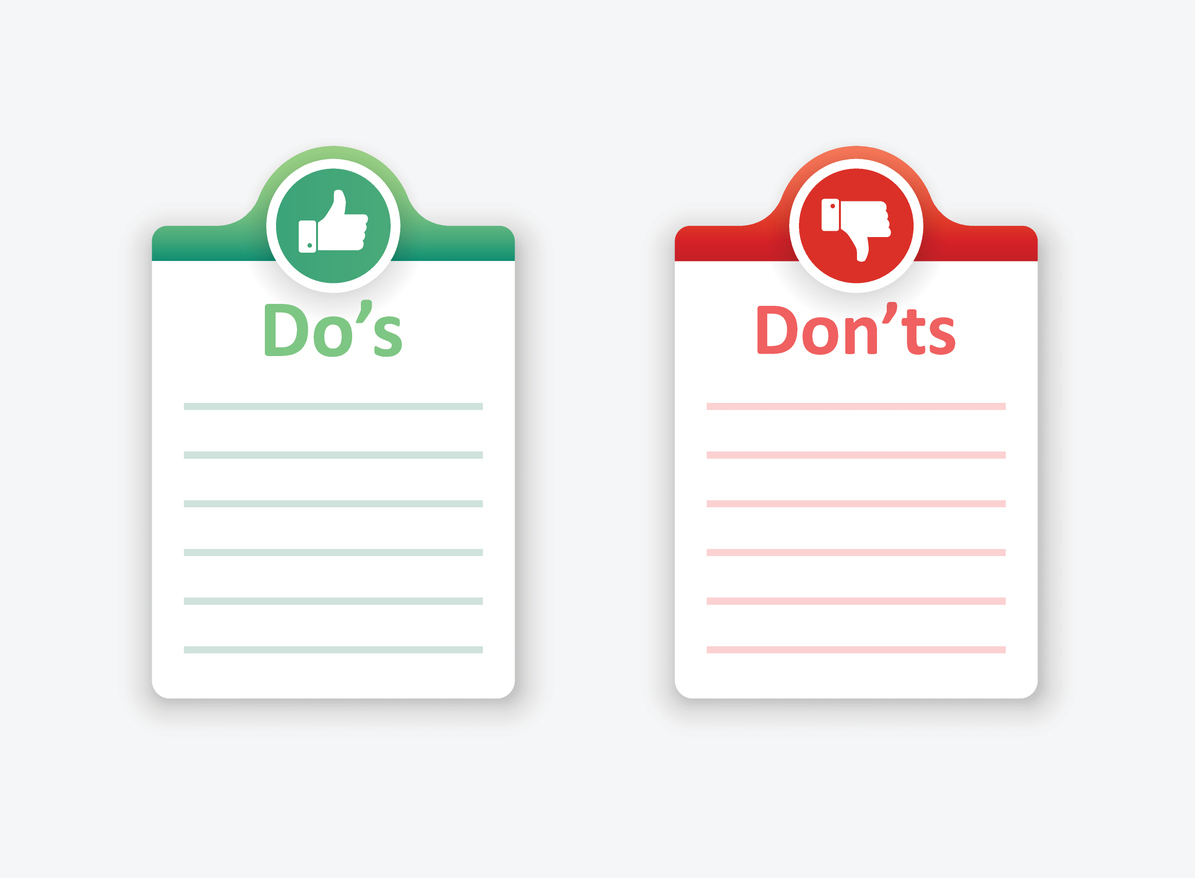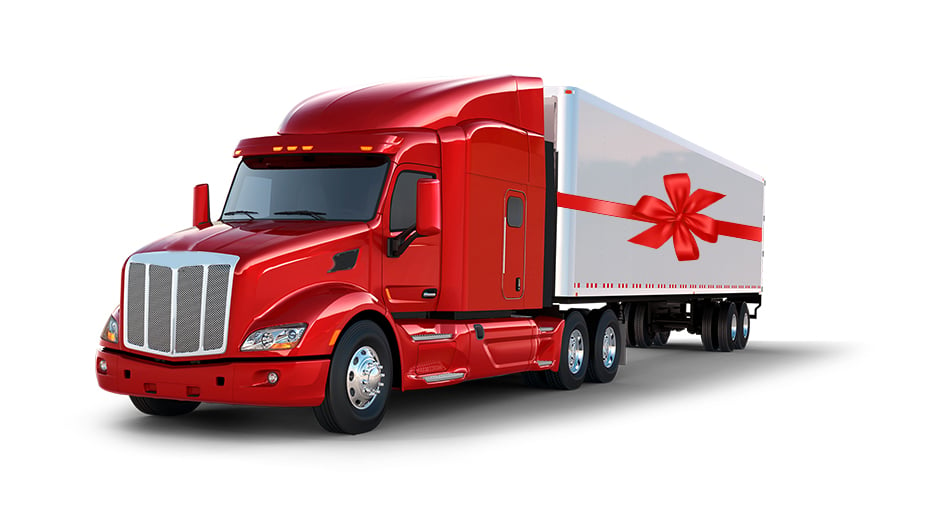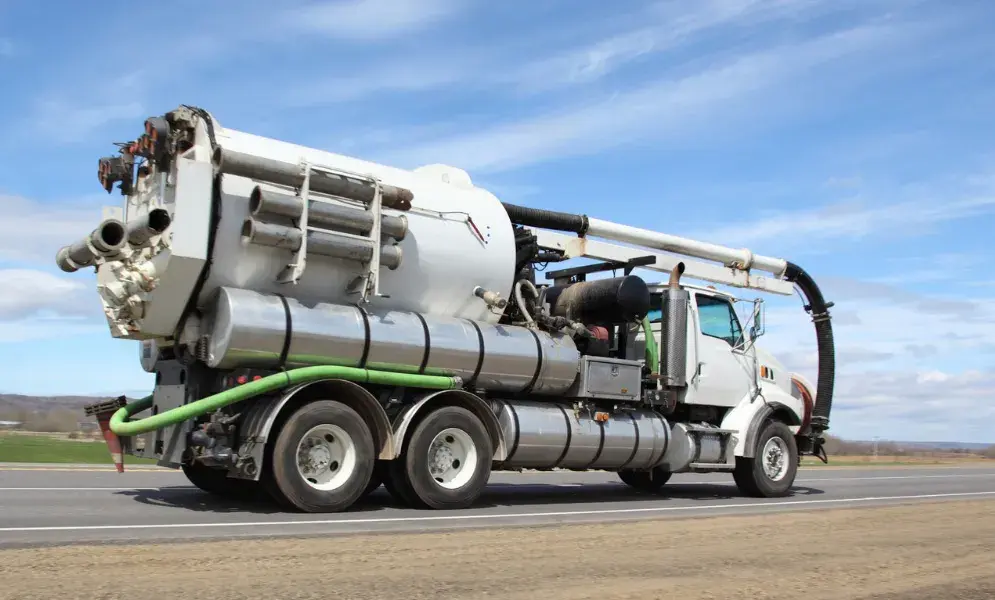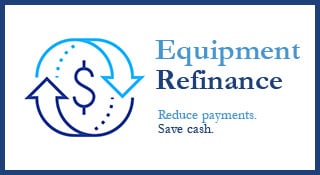The Dos and Don’ts of Heavy Equipment Financing

TL;DR:
Financing heavy equipment is a smart way to grow your fleet without draining working capital—but success depends on strategy. Do: know your needs, check credit, set a budget, explore lenders, get pre-approved, and understand loan terms. Don’t: assume all lenders are equal, misrepresent financials, skip fine print, ignore resale value, or wait until the last minute. The right lender can tailor solutions to your industry and keep your business moving forward.
Investing in heavy equipment is a significant move for your business. Financing that equipment can be one of the smartest ways to grow your equipment fleet without tying up working capital. Regardless of your industry, the right loan can help you scale efficiently. But getting financing isn’t just about filling out an application and signing loan documents. There are several strategic steps you should take, and some you should avoid, as you look for an equipment financing partner to secure the right equipment loan for your business.
Here’s a breakdown of the top dos and don’ts when seeking heavy equipment financing.
The Dos of Equipment Financing
1. Know What You Need and Why You Need It
Start by clearly identifying the type of equipment you need, its intended use, and how it supports your operations. Lenders often ask about the equipment’s role in generating revenue or reducing expense. Be ready to explain the return on investment (ROI) it can bring to your business.
2. Check Your Business Credit
Before applying, review your business credit profile. A strong credit profile can lead to better rates and terms. If your business is new or has a limited credit history, be prepared to provide personal credit information or additional financial documents to support your application.
3. Determine Your Budget
Figure out how much you can realistically afford to borrow. Factor in down payments, monthly payments, maintenance costs, and insurance. Remember to leave room for unexpected expenses elsewhere in your operation.
4. Explore Financing Options
Not all lenders are created equal. Explore options from banks, captive finance companies, and specialty equipment lenders. Different lenders can offer varying loan structures, terms, payment options, down payment amounts, and approval times. Look for lenders with experience in your industry and a proven track record of financing the type of equipment you are purchasing. They’ll better understand your financing needs.
5. Gather Your Documentation
Be prepared to provide financial statements, tax returns, equipment quotes, business formation documents, and insurance information. Having your paperwork organized speeds up the approval process and demonstrates that you’re a serious, committed borrower.
6. Ask About Pre-Approvals
Getting pre-approved can strengthen your negotiating power with dealers and lock in favorable rates before the equipment hunt begins. It also gives you a clear picture of your budget.
7. Understand the Loan Structure
Ensure you understand the loan terms, interest rates, payment schedules, and associated fees. Will it be a lease or a loan? Is it a fixed or variable rate structure? Can you incorporate seasonal or skip payments to accommodate business seasonality? A clear understanding up front prevents surprises later.
8. Partner with a Lender That Understands Your Industry
A lender who knows your business environment can tailor solutions to your unique challenges—whether that’s seasonal income, project-based work, or compliance requirements. Look for a partner, not just a lender. They'll be better equipped to offer flexible financing and realistic repayment terms that match your cash flow cycles.
The Don’ts of Financing Equipment
When you are preparing to finance equipment, missteps along the way can cost you time, money, and momentum. Avoid these common pitfalls to save you significant headaches.
1. Don’t Assume All Lenders Are the Same
Choosing the first lender you find—or only going to your local bank—can backfire. Generalist lenders may not understand your industry’s unique needs or the equipment you're trying to finance. Specialized lenders often offer more flexible terms and faster approvals.
2. Don’t Misrepresent Your Financials
It may be tempting to “polish” your financials to improve your odds, but lenders will likely verify your information. Any misrepresentation could disqualify you or hurt your chances of qualifying for financing.
3. Don’t Skip the Fine Print
Always review the full loan agreement and ask questions before signing anything.
4. Don’t Forget to Check the Equipment’s Resale Value
Equipment is an asset, and you can build equity in the equipment you finance. Consider its expected lifespan and resale value. This can affect future trade-in opportunities and your ability to refinance or sell the equipment later.
6. Don’t Underestimate How Long Approval Can Take
Some lenders move fast, others don’t. Don’t wait until the last minute to apply, especially if you’re up against project deadlines. Start the financing process early to avoid delays.
Final Thoughts
Heavy equipment financing isn’t one-size-fits-all. Taking the time to research, plan, and work with the right lender can make all the difference in keeping your business moving forward. Whether you’re paving roads, hauling waste, fabricating metal, or delivering freight, financing can be one of your most powerful business tools.
Want expert help navigating the equipment financing process? Reach out—we specialize in helping businesses like yours secure the right financing to fit your business needs, fast. Talk with CCG, a lender that understands your industry and your business goals.
Subscribe to Our Blog
Want to know when our blog has been updated with new posts?
Complete our short form and we’ll make sure you are informed.

Fill out our short form to subscribe



















